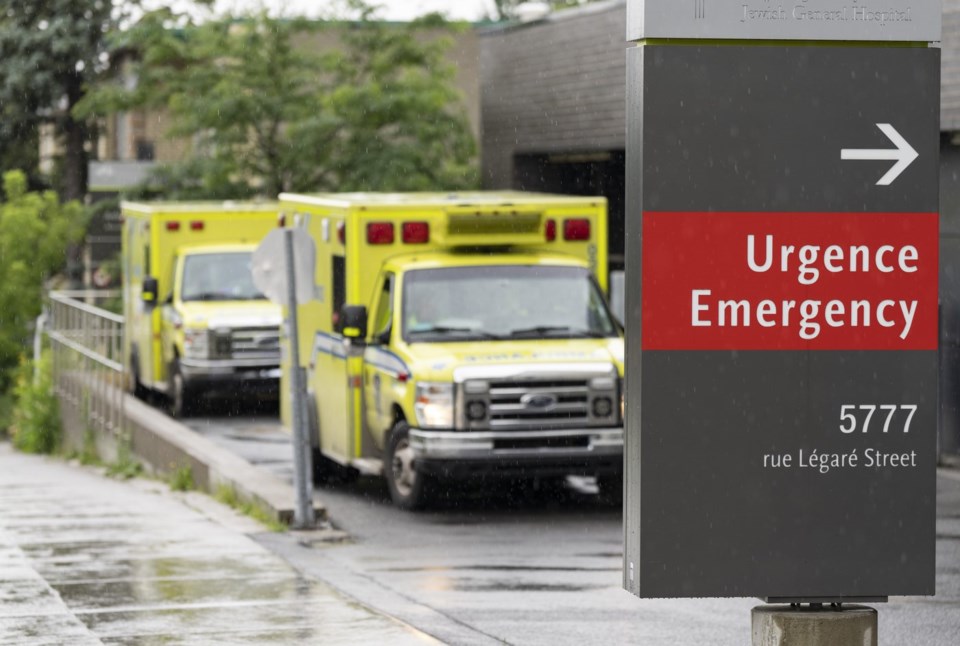MONTREAL ŌĆö An average of one child a day goes to the emergency room for a drowning or near-drowning in Quebec during the summer months, new research has found.
The study will be officially presented in September at the annual meeting of the Canadian Association of Paediatric Surgeons, but Dr. Hussein Wissanji, a pediatric surgeon at the Montreal Children's Hospital, says he's publicizing the results now in the hopes of preventing deaths this summer.
"I thought this data was too important to miss a season, miss a summer, because if it can help some children for prevention, that's really why we're doing the research," he said in a phone interview.
He says the study, which he led along with Quebec's public health institute and coroner's office, looked at all children's drowning deaths, ER visits or hospital admissions between 2017 and 2021. Wissanji said the researchers found there were about 92 drowning or near-drowning events on average in June, July and August, corresponding to about one per day.
The research found that children between the age of one and four are most at risk. Those children are most likely to be found in pools, and especially those without proper fencing, he said. While Quebec law requires pool owners to install appropriate fencing, owners of older pools have until 2025 to comply, he added.
Older children, in contrast, are more likely to have drowning-related accidents in lakes or rivers. In all cases, drowning-related hospitalizations are more likely to occur on weekends.
Wissanji said the study only goes up to 2021, which is the most recent year when complete data is available. While he can't say if the numbers have changed since then, he said drownings were relatively stable in the years that were studied -- except for a spike in the first year of COVID-19 -- which he called concerning.
"We're not moving forward in the right direction with a steady decrease of events or tragedies, I would say," he said, adding researchers will continue to monitor the situation to see if the numbers shift after the pool fencing laws fully come into effect in 2025.
The Quebec lifesaving society says there were 83 presumed drowning deaths in the province in 2023 among people of all ages, compared to 61 in 2022 and 81 in 2021.
The unofficial tally on its website suggest there have been 12 fatal drownings this year as of May 24, compared to 20 the previous year.
Wissanji says that for every fatal drowning, there are more than 10 children taken to the ER or hospitalized due to water accidents. He said these near-drownings can sometimes lead to health consequences and are always traumatic.
"Having seen some of these families in the emergency department, it is probably one of the worst days of their life when they're coming in the ambulance for their child who just had a near-drowning," he said.
He said families can reduce the risk of drowning by ensuring all pools are safely fenced in and making sure their children know how to swim. Most importantly, however, is to watch young children closely around water as closely as they would around an open flame.
"You don't take your eyes off a child even for a few seconds, because the drowning can occur in less than 20 seconds and it's usually a silent event," he said. "It is not like in Hollywood where you hear somebody scream."
This report by The Canadian Press was first published May 26, 2024.
Morgan Lowrie, The Canadian Press


